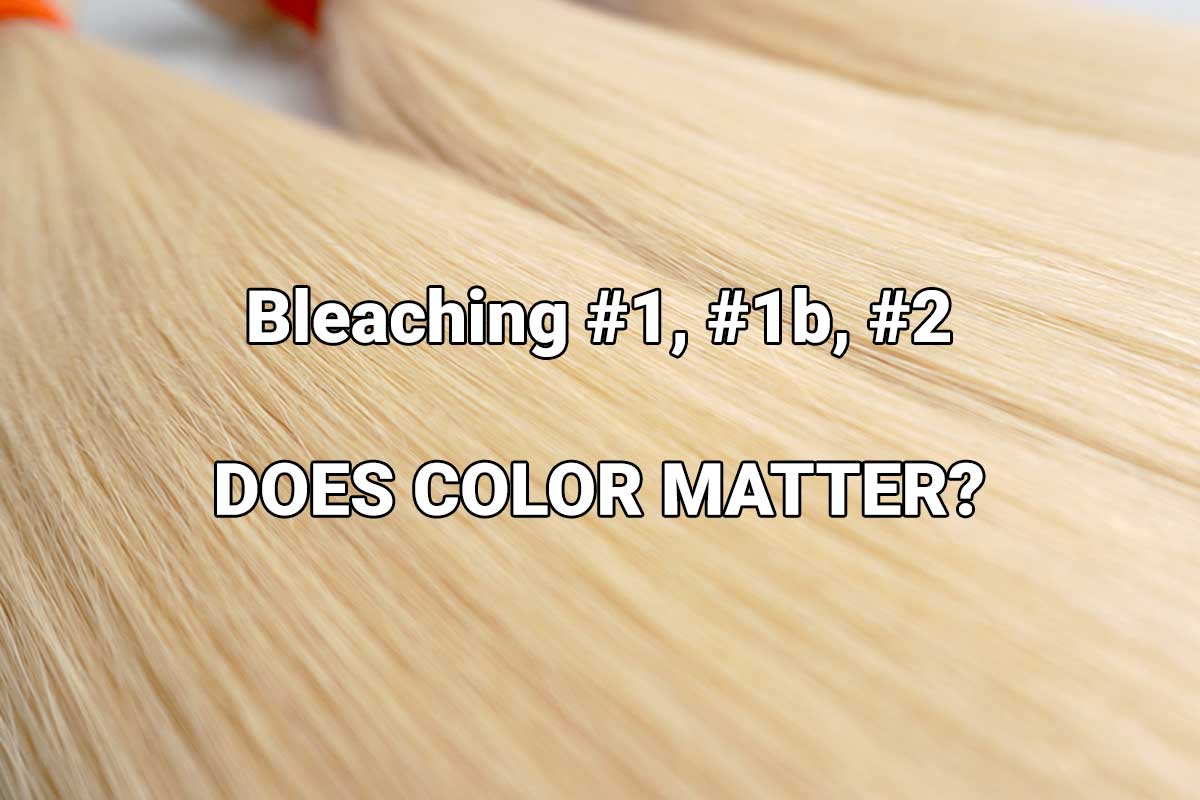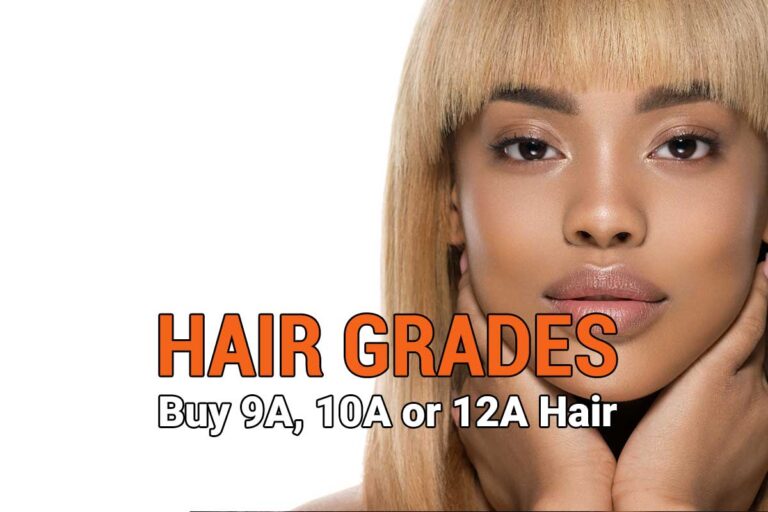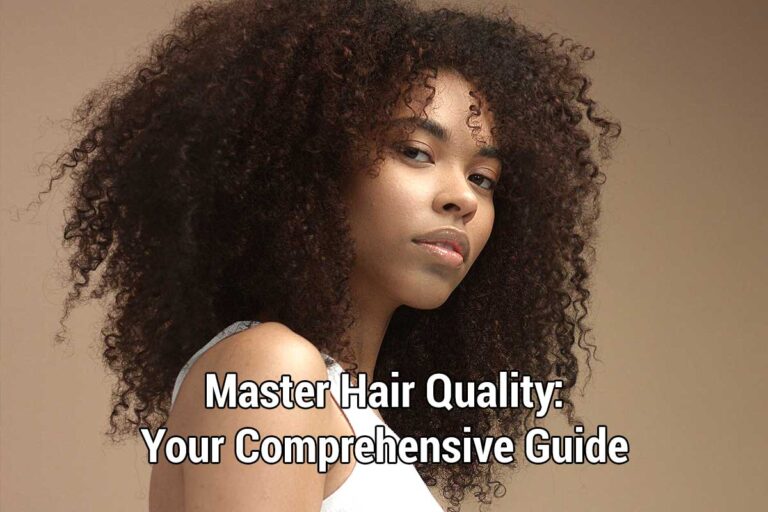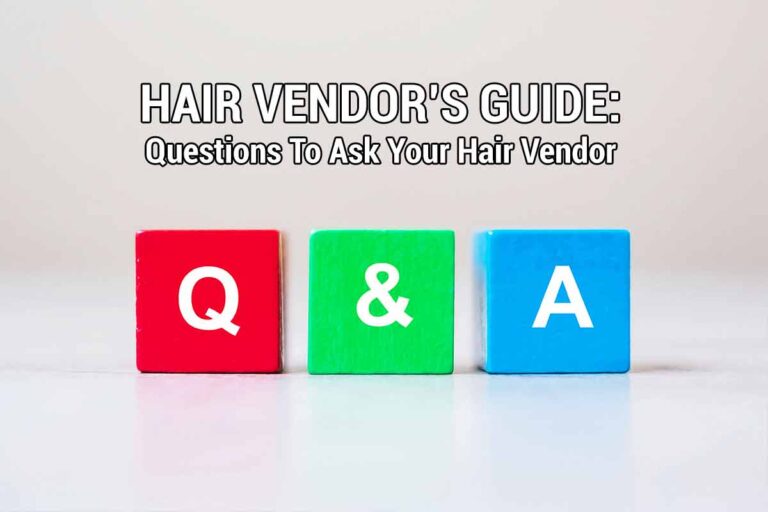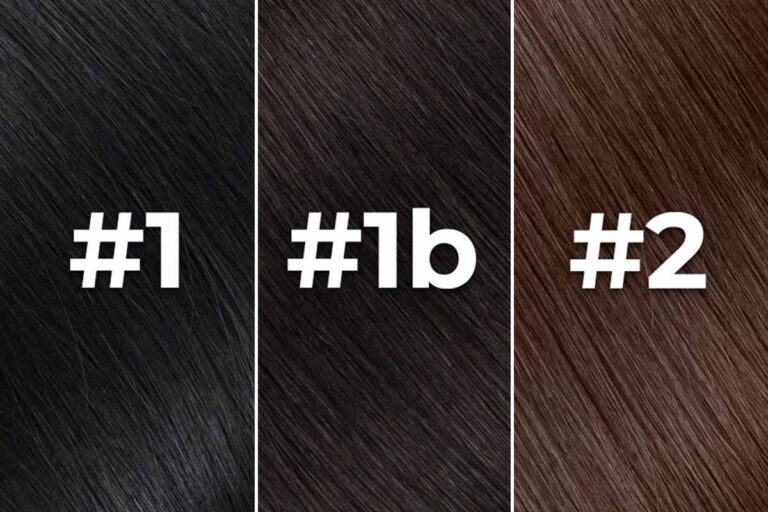Bleaching Hair: Unveiling the Superior Efficiency of Color 1 vs. Color 2
When striving for the perfect hair color, the choice between color 2 and color 1 hair can significantly impact the outcome, especially concerning bleaching hair. Color 2, or dark brown hair, is favored by many seeking a specific aesthetic. Conversely, color 1, often known as jet-black hair, presents another option for achieving desired styles.
Clients often question whether the lighter hue of color 2 hair lends itself better to hair bleaching than color 1. To provide clarity, I conducted an objective comparison, testing #1, #1b, #2, and my hair in a video demonstration. But before delving into the results, let’s explore the nuances of hair color and hair bleaching.
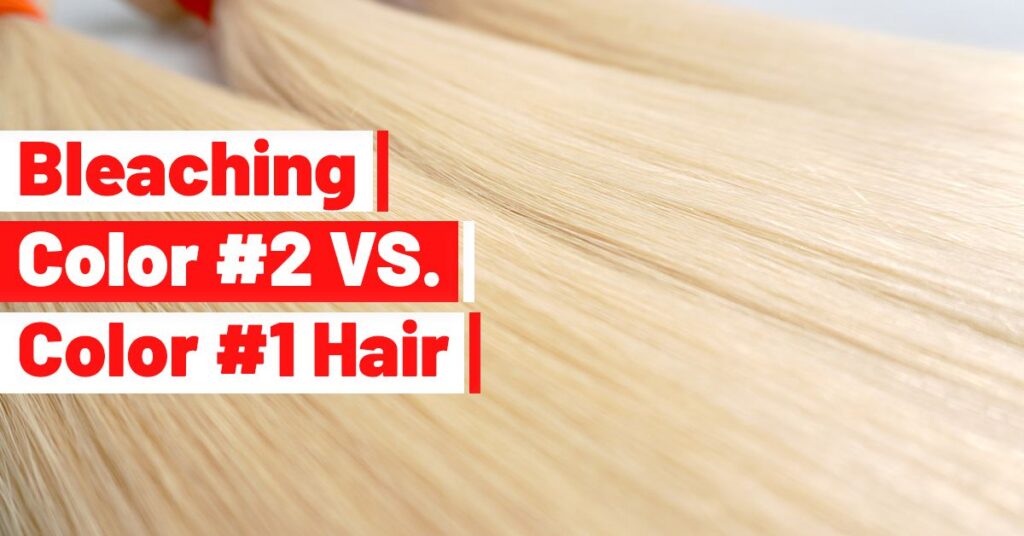
Table of Contents
Bleaching Hair: A Delicate Process
Bleaching is a chemical process that lightens the hair’s natural color by dissolving its pigments. It’s a common method used to achieve vibrant, lighter shades or to prepare the hair for coloring in different hues. However, not all hair colors respond the same way to bleaching.
The Bleaching Test
In my quest to determine whether color 2 hair fares better in the bleaching process compared to color 1 hair, I conducted a comprehensive test. I selected hair samples of #1, #1b, #2, and used my hair as a benchmark. The goal was to evaluate which hair color lightened more efficiently while staying healthy.
Color 2 Hair: Results and Observations
The video results were clear: color 2 hair tends to lighten more efficiently than color 1 hair. While the difference might not be dramatically significant, it is noticeable. The efficiency of bleaching can play a crucial role, especially if your plan includes dyeing your hair to a specific shade. In such cases, opting for lighter color 2 bundles might be a wise choice.
How does this translate to the hair industry?
When it comes to hair extensions, the best quality comes from raw hair that’s collected from a few donors. Subpar raw hair from a dozen. Hair that’s collected from the floor or from many donors is generally of lower quality. The purest raw hair will give you the best results when bleaching.
Although some people believe that hair from just one donor is better, the difference in bleaching results between hair from multiple donors that are color-matched properly is so small that it doesn’t matter. Also, it’s important to know that single-donor hair bundles don’t really exist and are usually just marketing tactics.
Important Considerations
It’s essential to note that the test results discussed above pertain to raw, natural-colored hair. However, it’s worth mentioning that many manufacturers do not provide the highest quality hair available. In some cases, they mix floor hair with their raw hair, which can affect the bleachability of the hair. Floor hair, collected from various donors, often requires dyeing to achieve a uniform black shade. This dyeing process can make the hair less responsive to bleaching, limiting its potential to reach lighter colors.
Additionally, a significant amount of unprocessed hair is of lower quality and undergoes some chemical treatment and dyeing to achieve a uniform black color. Although it is only minimally processed, some of the hair’s natural pigments are already removed. Consequently, it will bleach faster than actual unprocessed hair, but this will result in lighter shades and more damaged hair than the slower real unprocessed hair.
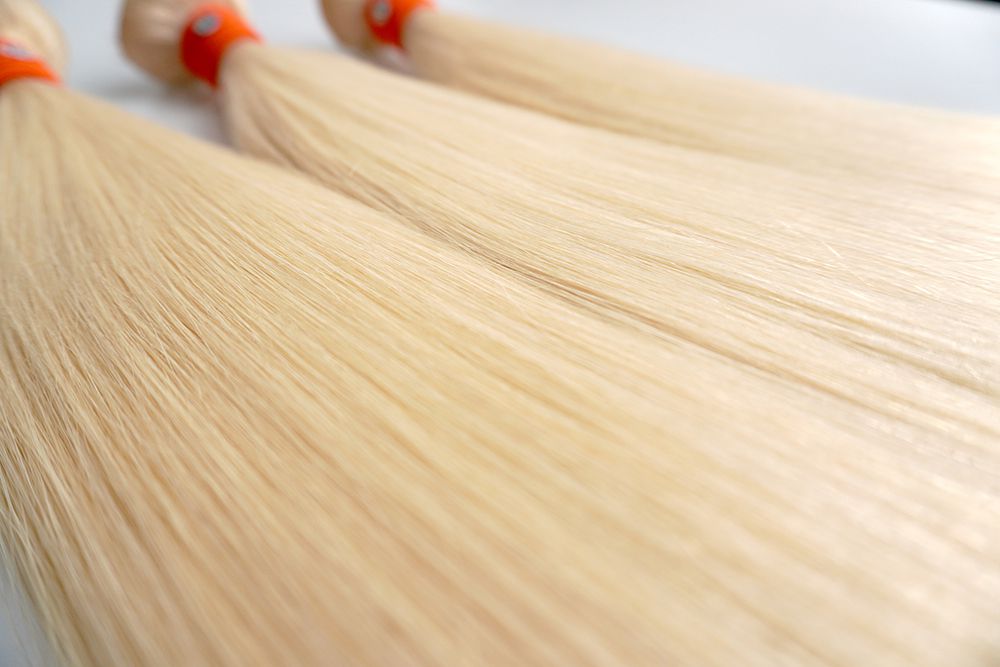
Why Doesn’t My Hair Bleach to 613?
All-natural color hair can be bleached to reach #613. However, much of the hair available in the market isn’t in its natural color state. Some hair has been obtained from individuals who previously dyed it. Additionally, some hair is mixed with floor hair and subsequently dyed black to enhance its appearance. Colored hair faces greater difficulty in achieving lighter colors through bleaching. To determine whether hair is in its natural color, perform an acetone test.
Why Does My Hair Become Dry After Bleaching/Coloring?
The chemicals utilized in bleaching and coloring hair elevate the cuticles, allowing the chemicals to penetrate deeper into the strands. Hair with raised cuticles loses control over its internal moisture levels, resulting in dryness. Therefore, it is essential to use conditioner after chemical treatments. Bleaching can cause hair damage and increased porosity, which is irreversible. To mitigate this, focus on conditioning the hair and employing moisturizing treatments to keep the hair under control.
What Level of Volumizer Should I Use for Bleaching Hair Extensions?
I recommend opting for a lower volume option as a precautionary measure. It’s better to proceed slowly and steadily than risk over-bleaching, which can lead to damage. Some experienced stylists have unintentionally over-bleached knots on lace products, resulting in bald spots. While higher volumizers accelerate the bleaching process, they also pose a higher risk. It’s a marathon, not a spring.
Our articles often begin on Facebook. For more information, visit www.facebook.com/bossique.
